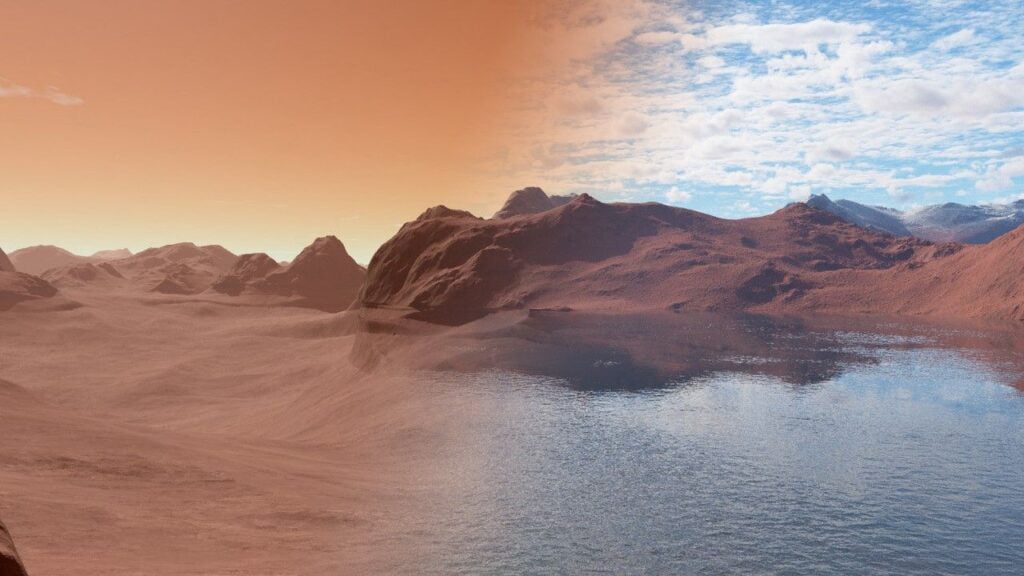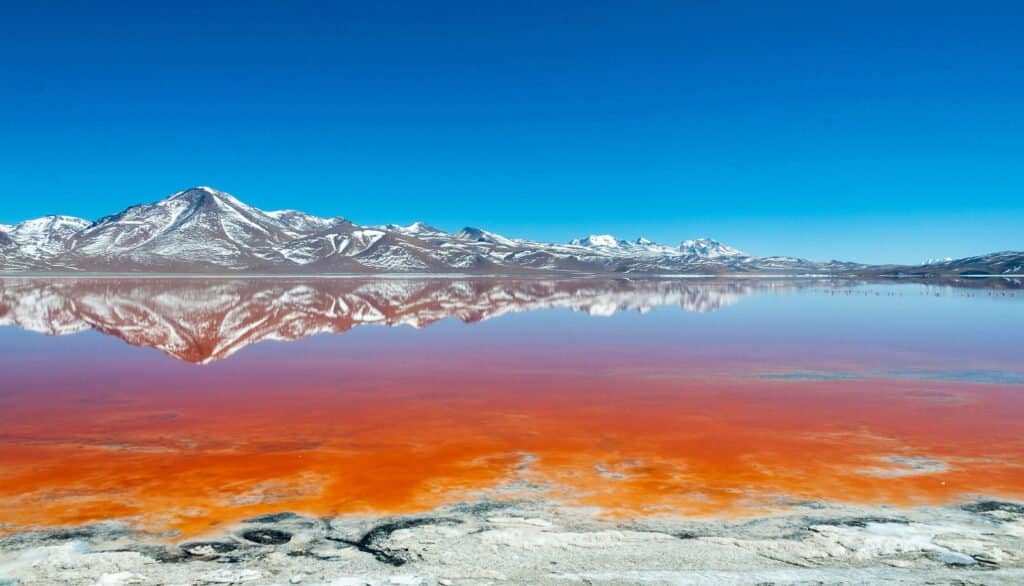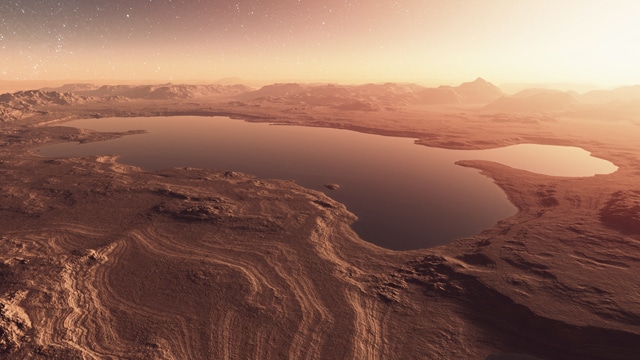Vast deposits of salt indicate that Mars' surface and liquid water basins have been present on the planet for about a billion years longer than previously believed, according to a new study.
As of 2008, NASA's Mars Odyssey orbiter found hundreds of sodium chloride (table salt) deposits covering hundreds of square kilometers. Not only do they demonstrate that Mars was much wetter long ago, but they also provide a method for determining when water on Mars was last present on the surface. Did they find it? No. But it's there. Yes, there is water on Mars.
“Salt is incredibly soluble,” he says Ellen Leask, lead author of a research recently published on AGU Advances. “These deposits must have formed during a final, large evaporation of water from the planet.”
How did these deposits form? And when?

To answer these questions and understand when the water disappeared from the surface on Mars, Leask and colleagues analyzed the salt deposits, observing what types of landforms they formed and how they were deposited on the ground of red planet.
Data from the Mars Reconnaissance Orbiter (MRO), combined with samples found on Earth, led the researchers to discover that the salt deposits are surprisingly thin (less than 3 meters thick and located in topographical minima) in the Martian subsoil.
The closest terrestrial analogue we can find are the chains of lakes that form in Antarctica during the winter, when snow seasonally melts on top of the permafrost.

Martian salt deposits are often found in shallow depressions, sometimes perched above much larger craters that are devoid of deposits. This orientation would appear to indicate that the salt comes from surface water runoff on Mars during an ice freeze-thaw cycle, according to the paper. In this case, Leask and colleagues found the chloride deposits atop volcanic terrain that formed just 2,3 billion years ago. Previously, it was believed that water on Mars in liquid and large-scale form disappeared about 3 billion years ago.
Water on Mars: new perspectives
“This discovery gives us new targets for future missions to Mars,” says Leask. “Some of these deposits are on terrain that is a billion years younger than the terrain that the Perseverance Rover is passing over right now. This greatly expands our knowledge of water on Mars."
Future missions could analyze chloride structures to see if they are due to evaporation, and the data could then also reveal what organic chemicals were present in the water on Mars when it was on the surface and in a liquid state.


